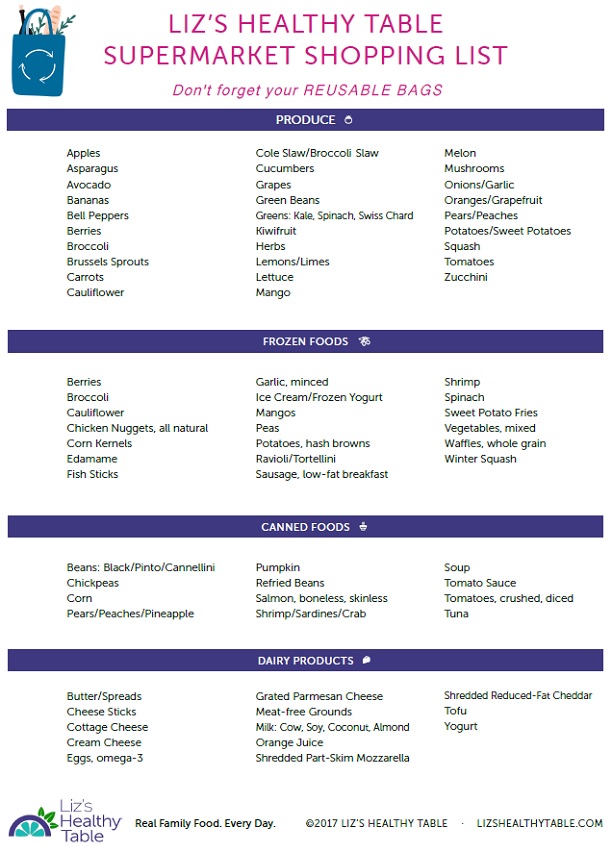
The food group chart consists of seven basic types of nutrition for the human body: carbs, proteins, lipids, vitamins, minerals, fiber, and water. Everyone should have at least one of these nutrients in their diet each day to keep healthy and grow strong. Vegetables can be a poor source for protein so you should replace them with lean meats or fish. Uncooked grains and legumes may be an option. These sources are rich in protein, with more than four to six percentage.
Children between the ages of ten and eleven may feel self-conscious about how they look, and might try to lose weight. It is vital to help children understand that everyone is different. They should eat foods from all five food categories, and avoid those with high levels of fats or sugars. These foods are also low in sugar and saturated fat. Children should eat foods from all five food categories, since these are rich in vitamins and minerals.

These foods do not make up the food group charts. Many cultures have even created their own versions of the food group charts to include their favourite foods. A dietary pyramid is a list of the five most common food groups. It includes the "A, B," C, C, D" and "D". You should also look for the appropriate amounts of each of these foods in your daily diet. The MyPlate website as well the food guide chart contain lots of information about good health. The USDA website's food chart is the most beloved.
It is important to eat enough fruits and vegetables in your daily diet. The best way to do this is to look at the food pyramid for each food group. There are many food groups that are rich in vitamins, minerals. Orange vegetables, for example, have higher levels of vitamin A than those made from white potatoes. You can get all of your nutrients in one meal by adding a portion of each fruit or vegetable to your daily diet.
The Food Guide Pyramid displays how much of each food type should you eat daily and in what amount. The food pyramid includes symbols for sugar and fat, as well as the recommended amount for each food group. Adding fat and sugar to the list is the most significant component of the pyramid, so it is important to limit it to 30% of your daily calories. In addition to fruit, vegetables and meat, you should also include some dairy and protein.

The food pyramid lists all the food types in the world. A person needs to eat different foods from each category, as the food pyramid has been created for the benefit of humans. The US has meat as a major source for protein and iron. However, it can also provide a significant source of vitamin B12 and zinc. It is important that you choose the right type of meat for your child's age.
FAQ
How does an antibiotic work?
Antibiotics kill harmful bacteria. The treatment of bacterial infections is done with antibiotics. There are many different types of antibiotics. Some are administered topically, while others can be taken orally.
People who have been exposed may be prescribed antibiotics. If someone has chicken pox, they might need to take an oral antibiotic in order to prevent shingles. A penicillin injection might be given to prevent pneumonia in someone who has had strep.
Children should not be given antibiotics without the consent of a doctor. Children are at greater risk of developing side effects from antibiotics than adults.
Diarrhea being the most common side effect of antibiotics. Side effects of antibiotics include diarrhea, stomach cramps and nausea. Most of these symptoms disappear after the treatment is completed.
What should you eat?
Get lots of fruits & vegetables. These vegetables and fruits are rich in vitamins and minerals that will keep your immune system strong. Vegetables and fruits are high in fiber which helps to digest and fill you up. Try to include at least five servings of fruit and veg per day.
Water is essential for your body. Water flushes toxins out of the body and helps to feel full between meals. Drink about eight glasses each day.
Consume whole grains and not refined. Whole grains contain all of their nutrients, including B vitamins and iron. Refined grains have been stripped of some of their nutrition.
Avoid sugary beverages. Sugary drinks are loaded with empty calories and contribute to obesity. Choose water, milk or unsweetened tea instead.
Avoid fast food. Fast food has very low nutritional value. It may taste great but it won't give you the energy you need to function properly. Use healthier options, such as soups, sandwiches, salads, and pasta.
Limit alcohol intake. You can reduce your intake of alcohol by limiting the amount of empty calories. Limit your intake of alcohol to two drinks per week.
Try to cut down on red meat. Red meats contain high amounts of saturated fats and cholesterol. Lean cuts of beef or pork, lamb and chicken, as well as fish, are better choices.
What's the difference between fat or sugar?
Fat is an energy source that comes from food. Sugar is a sweet, naturally occurring substance in fruits and vegetables. Both fats (and sugars) have the same calories. However, fats contain more than twice as many calories as sugars.
Fats are stored in the body and contribute to obesity. They cause cholesterol buildup which can lead to strokes and heart attacks.
Sugars are quickly absorbed into the body and provide instant fuel. This causes blood glucose levels to rise. High blood glucose levels can lead to type II diabetes.
How can I live my best life everyday?
Find out what makes YOU happy. This is the first step in living a life that you love. Once you have a clear understanding of what makes you happy you can go backwards. You can also ask others how they live their best lives everyday.
You can also find books such as "How to Live Your Best Life" written by Dr. Wayne Dyer. He discusses finding happiness and fulfillment throughout our lives.
How do I find out what's best for me?
Listen to your body. When it comes to your body's needs for exercise, food, or rest, it is the best. You need to be aware of your body and not overdo it. Be aware of your body and do what you can to maintain good health.
Statistics
- This article received 11 testimonials and 86% of readers who voted found it helpful, earning it our reader-approved status. (wikihow.com)
- In both adults and children, the intake of free sugars should be reduced to less than 10% of total energy intake. (who.int)
- nutrients.[17]X Research sourceWhole grains to try include: 100% whole wheat pasta and bread, brown rice, whole grain oats, farro, millet, quinoa, and barley. (wikihow.com)
- According to the 2020 Dietary Guidelines for Americans, a balanced diet high in fruits and vegetables, lean protein, low-fat dairy and whole grains is needed for optimal energy. (mayoclinichealthsystem.org)
External Links
How To
What does the "vitamins” word mean?
Vitamins are organic compounds found naturally in food. Vitamins aid us in absorbing nutrients from the food we eat. Vitamins are not made by the body, so they must be obtained through food.
There are two types of vitamins: water soluble and fat soluble. Water soluble vitamins dissolve easily in water. Examples include vitamin C,B1 (thiamine), B2 (riboflavin), B3 (niacin), B6 (pyridoxine), folic acid, biotin, pantothenic acid, and choline. The liver and fat soluble vitamins are stored within the liver and in fatty tissue. Examples include vitamin D, E, K, A, and beta carotene.
Vitamins can be classified by their biological activity. There are eight major categories of vitamins.
-
A - vital for healthy growth.
-
C is important for nerve function and energy production.
-
D - Vital for healthy bones and teeth
-
E - needed for good vision and reproduction.
-
K - essential for healthy muscles, nerves, and bones.
-
P - Essential for strong bones and teeth.
-
Q - Aids in digestion and absorption.
-
R – Required for the formation of red blood vessels.
The recommended daily allowance of vitamins (RDA), varies according to age, gender, physical condition, and other factors. The U.S. Food and Drug Administration, (FDA), sets the RDA value.
For adults over 19 years, the RDA is 400 mg per day for vitamin A. However, pregnant women need 600 micrograms per day because it is important for fetal development. Children ages 1-8 require 900 micrograms per day. Infants under one year of age require 700 micrograms per day, but this amount decreases to 500 micrograms per day between 9 months and 12 months of age.
Children between the ages of 1-18 need 800 micrograms per daily for obesity, while children overweight require 1000 micrograms. Children underweight or obese will need 1200 mg per day.
Children 4-8 years old who have anemia must consume 2200 micrograms of Vitamin C daily.
2000 micrograms daily is required for adults over 50 to maintain their general health. Breastfeeding or pregnant women require 3000 micrograms per daily due to higher nutrient demands.
1500 micrograms is the recommended daily intake for adults aged 70+, who lose approximately 10% of muscle each year.
Women who are pregnant or lactating need more than the RDA. Pregnant woman need 4000 micrograms daily in pregnancy, and 2500 per day after childbirth. Breastfeeding mothers need to consume 5000 micrograms every day when breastmilk has been produced.